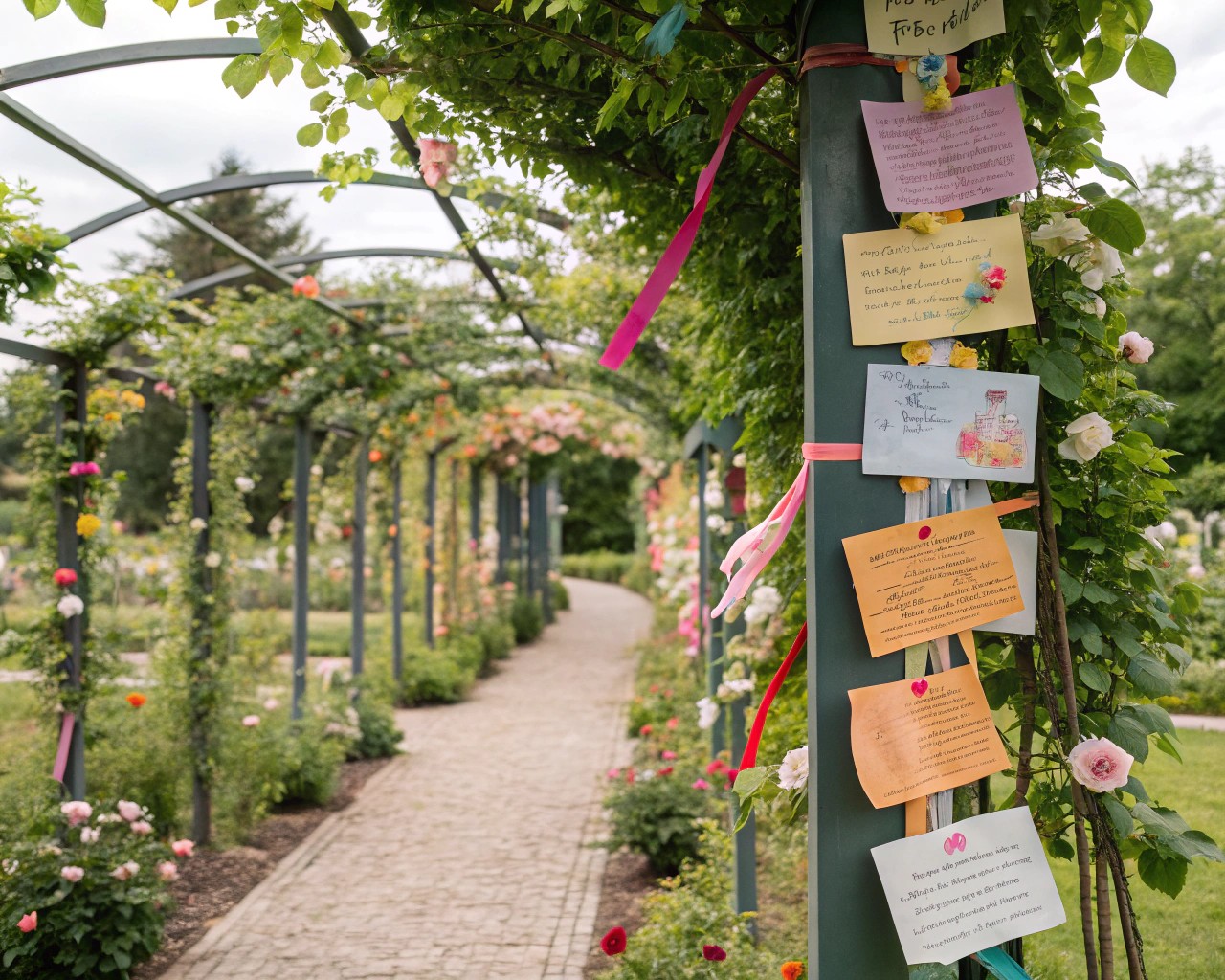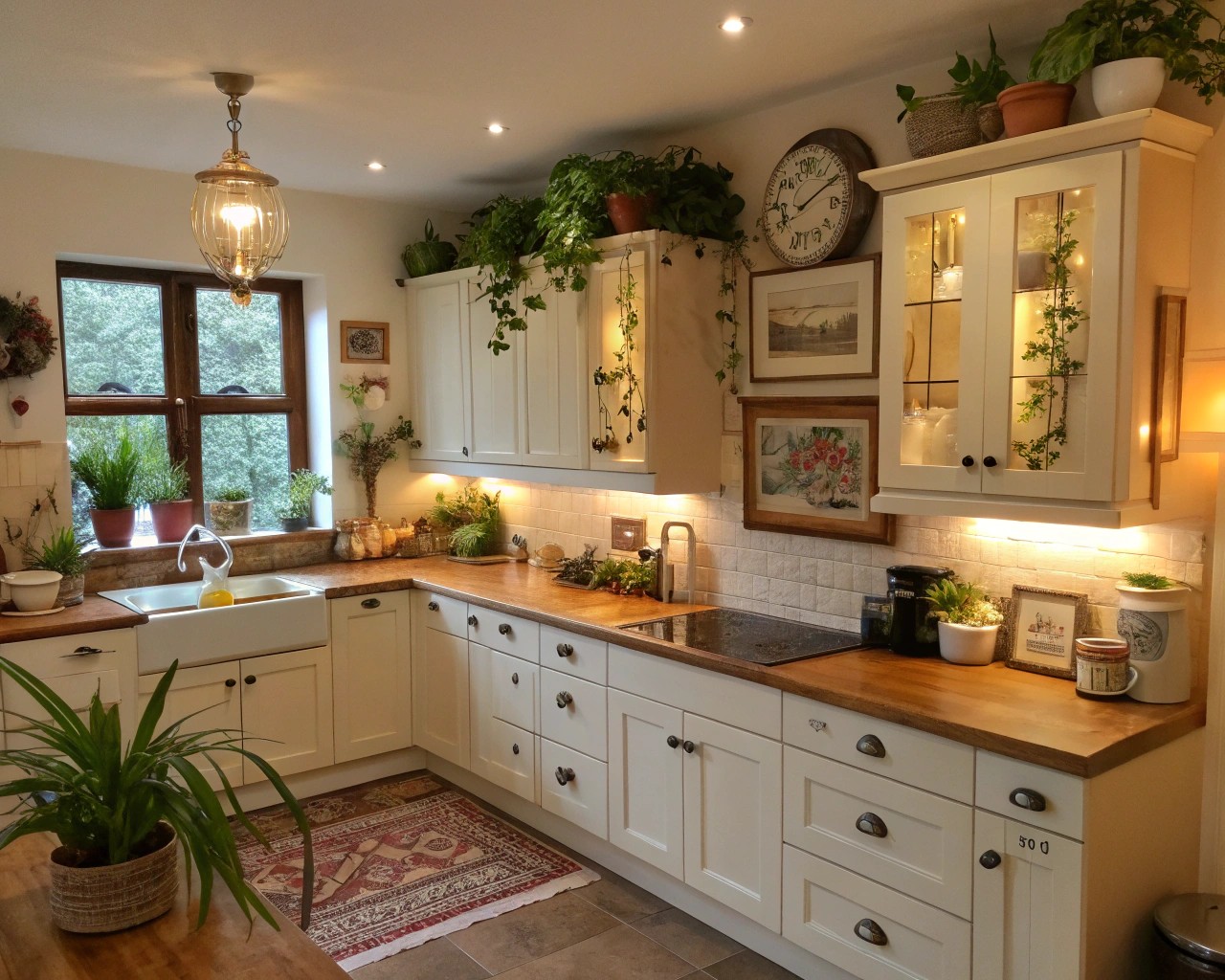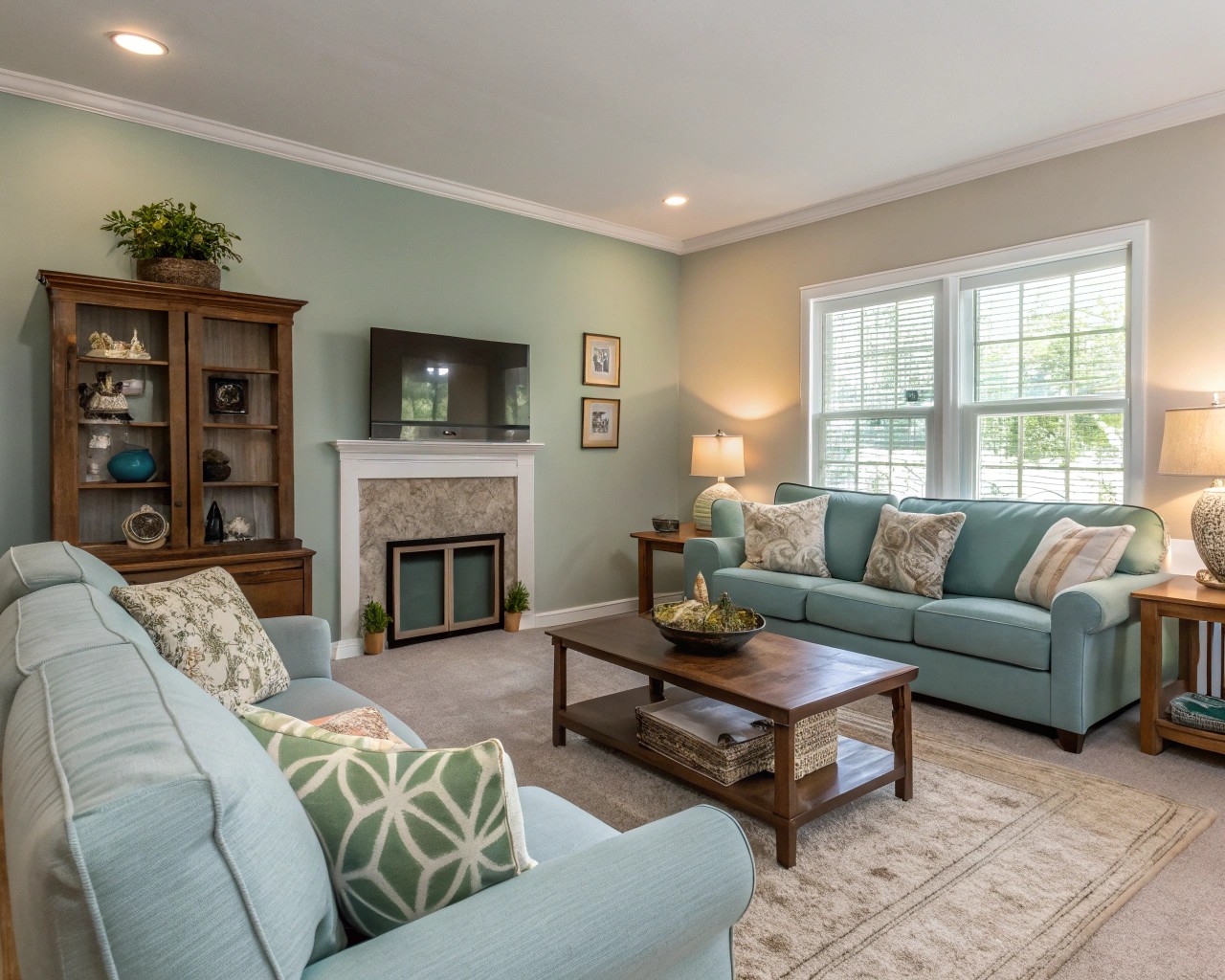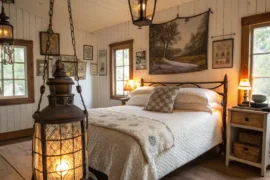When we lose someone we love, the spaces around us transform. Empty chairs echo with absence, favorite rooms become painful to enter, and gardens once tended together stand as living memorials. As designers who work at the intersection of space and emotion, we witness how environments can either amplify grief or help channel it toward healing. This guide explores how thoughtful design can create spaces that honor loss while supporting those who remain.
The Psychology of Space After Loss

Loss fundamentally alters our relationship with our surroundings. What was once simply a living room becomes the place where someone is no longer sitting. A garden bench holds phantom conversations. A bedroom door remains perpetually closed.
A client at space2grieve once shared the poignant idea that grief represents love without a destination. This perspective helps us understand our role as designers: creating places where that love can find expression, acknowledgment, and perhaps even a new home.
How Grief Affects Spatial Perception
| Spatial Element | Before Loss | After Loss | Design Consideration |
|---|---|---|---|
| Empty spaces | Often perceived as potential | May feel like voids or absences | Create purposeful emptiness that feels intentional |
| Personal items | Functional objects | Memory vessels | Design display areas and storage solutions for meaningful items |
| Light | Primarily functional | Can take on symbolic meaning | Consider how light patterns change throughout day |
| Scale | Based on practical needs | Can feel overwhelming or insufficient | Adjust scale to create appropriate sense of intimacy |
| Texture | Aesthetic consideration | Sensory comfort becomes crucial | Incorporate tactile elements that provide comfort |
Case Studies in Grief-Responsive Design
The ‘Mask House’: A Sanctuary for Processing Isolation

The ‘Mask House,’ conceptualized by WOJR for a client who lost his brother, demonstrates how architecture can create space specifically for grief work. This 55-square-meter cabin serves as a secluded sanctuary, intentionally positioned overlooking the lake where the client’s brother lost his life.
Raised on stilts and hidden behind vertical slats, the house provides, as the architects intended, a sense of separation and protection. It aims to remove occupants from the everyday world and offer a transition to a different state of mind. The progression through increasingly intimate spaces mirrors the inward journey of grief itself.
Key design elements include:
- Intentional isolation supporting uninterrupted reflection
- Symbolic positioning overlooking the site of loss
- Minimal, monastic interior eliminating distractions
- Central suspended hearth creating a focal point for meditation
The ‘Grief Garden’: Making Loss Visible and Shared

In contrast to the private nature of the Mask House, the ‘Grief Garden’ installation by Khaty Xiong at the Asian/Pacific/American Institute challenges the notion that grief must be a solitary experience. This immersive poetry installation transforms grief into a communal experience.
The design features three patterned trellises displaying handwritten messages to loved ones who have passed away. Visitors are encouraged not only to read these messages but to add their own, creating a continuously evolving space of shared remembrance.
“My mother was a shaman and a medicine woman, so the garden was a very sacred place for her,” explains Xiong. This personal connection informed the design, which includes vibrant butterflies on the walls and carefully crafted leaves and plants on the ceiling.
The Eternal Hill Columbarium: Architectural Phases of Mourning
The Eternal Hill Columbarium in Taiwan by Behet Bondzio Lin Architekten demonstrates how architecture can accommodate different dimensions of the grieving process. The architects identified three distinct phases of mourning in Taiwanese tradition and created spaces tailored to each:
-
Public Grieving: A loggia space designed for community rituals, evoking the atmosphere of a lively public area suitable for placing offerings.
-
Group Grieving: Located under the plateau in the memorial hall, with directional light guiding mourners toward the columbarium.
-
Individual Grieving: The intimate space inside the Columbarium tower, where gentle side lighting creates a calm atmosphere for personal reflection.
This thoughtful progression acknowledges that grief operates simultaneously as a social, familial, and deeply personal experience.
Design Principles for Spaces of Healing
1. Provide Both Refuge and Prospect
In my years working with grieving clients, I’ve found that the most effective spaces offer both:
- Refuge: Protected areas where one can safely experience intense emotions
- Prospect: Views and connections to the wider world that prevent isolation
This balance addresses the competing needs to withdraw and to remain connected during grief.
2. Honor Memory Through Thoughtful Materiality
Materials carry memory. When designing after loss, consider:
- Incorporating materials with personal significance
- Using textures that invite touch and provide sensory comfort
- Selecting elements that age beautifully, acknowledging the passage of time
3. Design for the Stages of Grief
Some designers explicitly address different stages of grief through spatial design. For example, “The Island of Grief” student project created rooms designed around different grief stages—denial, anger, depression, and acceptance—manipulating light and shade to emphasize each stage’s characteristics.
When we understand these emotional phases, we can create environments that accommodate their expression rather than forcing a premature resolution.
4. Create Rhythm Between Presence and Absence
Effective designs for grief don’t try to fill every void but rather create intentional balances between:
- Spaces that acknowledge absence
- Elements that celebrate continuing presence
- Transitions that help bridge these experiences
Transforming Existing Spaces After Loss
While purpose-built memorial spaces represent ideal scenarios, most people navigate grief within their existing homes. Here are practical approaches for transforming these spaces:
The Bedroom: Navigating Intimate Space
The bedroom often presents the most immediate challenge when a partner dies. You might consider:
- Creating a transitional plan with phases of gradual change
- Redesigning the space while incorporating meaningful elements
- Adjusting the scale to feel appropriate for one person
One client kept her husband’s nightstand intact but renovated the rest of the room with a new color palette representing hope. This balanced preservation with forward movement.
Creating Memory Anchors Within the Home
Rather than concentrating all memories in one dedicated space, consider integrating “memory anchors” throughout the home:
- A thoughtfully placed reading nook using a favorite chair
- Kitchen elements that honor family traditions
- Hallway galleries that celebrate connections without creating a shrine-like atmosphere
Addressing Changed Functionality
Loss often changes how spaces need to function:
- Traffic patterns and daily routines may shift dramatically
- Rooms may suddenly feel too large or too small
- Needs for connection or privacy may change
We recommend creating a functionality assessment that honestly addresses both practical and emotional needs in the space before beginning any redesign.
Healing Gardens: Nature as a Grief Companion
Nature offers unique healing properties for those experiencing grief. Research indicates that natural environments can reduce stress, lower the need for medication, and shorten recovery time.
Design Elements of Therapeutic Gardens

When designing healing gardens specifically for grief, certain elements deserve special attention:
1. Sensory Engagement
– Fragrant plants that trigger positive memories
– Textural variety that invites touch
– Sound elements like water features or wind chimes
– Visual beauty that changes with seasons, reflecting life’s cycles
2. Spaces for Ritual
– Designated areas for remembrance activities
– Features that can be interacted with (stones to stack, water to touch)
– Places to leave offerings or messages
3. Balance Between Structure and Wild
– Formal elements providing order when emotions feel chaotic
– Naturalistic areas acknowledging the untamed nature of grief
– Clear paths combined with spaces for wandering
Plants for Emotional Support
| Plant | Symbolic Association | Design Use | Sensory Quality |
|---|---|---|---|
| Weeping Willow | Sorrow and resilience | Focal point | Movement in breeze |
| Rosemary | Remembrance | Borders, containers | Aromatic, tactile |
| Forget-me-nots | Faithful love and memories | Ground cover | Delicate blue flowers |
| Oak | Endurance through adversity | Specimen tree | Strong presence |
| Lavender | Tranquility, peace | Pathways | Calming scent |
| Bleeding Heart | Compassion | Shade gardens | Heart-shaped flowers |
Client Stories: Design Journeys Through Loss
Finding Center: A Kitchen Renovation

After losing her mother, Sarah couldn’t use the kitchen they had shared for cooking traditions, yet practical needs demanded this space remain functional.
Our approach:
- Preserved handwritten recipes by etching them onto a glass backsplash
- Reconfigured the layout to create a new cooking experience
- Introduced a small seating area for continued family gatherings
“I couldn’t bear the thought of erasing her from this space,” Sarah shared, “but now the kitchen holds her memory while still feeling like it’s mine too.”
Creating Distance: A Living Room Transformation

For the Richards family, their living room had become associated with their son’s final illness. While they couldn’t move from their home, they needed this central space transformed.
The design solution:
- Completely reconfigured the room’s orientation
- Introduced new colors while maintaining key family furniture
- Created a subtle memorial element—a built-in bookshelf showcasing their son’s favorite books
“We needed the room to acknowledge him without being about his illness,” Mr. Richards explained. “Now we can sit here together without being overwhelmed by those final months.”
A Client’s Journey: Living With Grief Rather Than Being Overwhelmed
A client from space2grieve shared their experience: “Working through my sessions didn’t ‘fix’ me but then I’m not sure I was actually ‘broken.’ What I did need was time and space to process difficult feelings and uncomfortable thoughts. I feel more able to deal with those now and to live with grief, rather than being overwhelmed by it.”
This insight guides our approach to design—creating spaces that don’t attempt to “fix” grief but rather provide environments where it can be experienced fully and integrated into ongoing life.
Practical Considerations for Designers
Communication Strategies for Working with Grieving Clients
-
Listen more than you speak. My most important tool in these projects is attentive listening, allowing clients to express both what they want and what they fear.
-
Present options with sensitivity. Decision fatigue is common in grief, so carefully curated options are more helpful than unlimited possibilities.
-
Respect timing. Some design decisions may need to wait until a client is ready. Create phases that allow for this timing.
-
Document conversations carefully. Grief affects memory and focus. Provide clear summaries of discussions to reduce anxiety.
Design Approaches Based on Loss Type
Different types of loss may benefit from different design approaches:
- For sudden loss: Create spaces with strong structural elements that provide immediate stability
- For expected loss after illness: Design accessible spaces that engage the senses
- For loss of a child: Incorporate elements that honor both memory and continued growth
Form and Scale Considerations
The form and scale of spaces significantly impact how they support grieving individuals:
Form, encompassing the three-dimensional shape and modeling of buildings and the spaces they create, inherently relates to the uses and activities accommodated within. For grief-responsive spaces, consider:
- How building heights and proportions create enclosure
- The relationship between open and intimate spaces
- How scale affects emotional comfort and security
When designing spaces for grief, we often find that human-scale elements provide comfort while vast spaces may initially overwhelm those in acute grief.





















